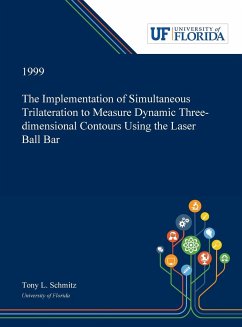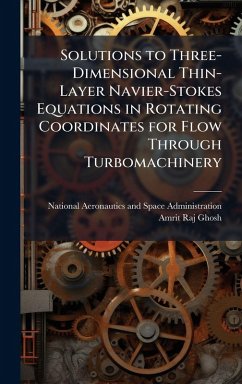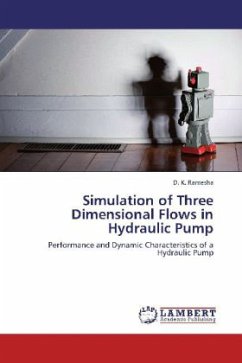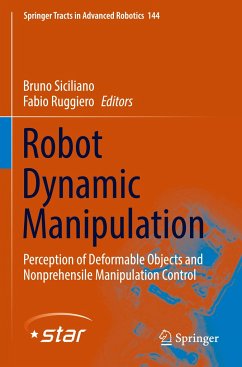
Three-dimensional Perception for Mobile Robots
Concepts and Approaches for the Acquisition, Efficient Representation, and Semantic Interpretation of Three-dimensional Range Data for Mobile Robots
Versandkostenfrei!
Versandfertig in 6-10 Tagen
45,99 €
inkl. MwSt.

PAYBACK Punkte
23 °P sammeln!
The problem of three-dimensional perception for mobile robots is divided into three major tasks: data acquisition, consistent and efficient representation, and semantic interpretation. For all three tasks we provide novel approaches: a 4 DOF robot arm with a laser range sensor to autonomously scan mid-size 3D objects, a new probabilistic representation for outdoor environments with surfaces at different height levels ("multi-level surface maps"), and a collective classification method to identify objects such as chairs and tables in 3D range scans. The presented approaches apply and extend tec...
The problem of three-dimensional perception for mobile robots is divided into three major tasks: data acquisition, consistent and efficient representation, and semantic interpretation. For all three tasks we provide novel approaches: a 4 DOF robot arm with a laser range sensor to autonomously scan mid-size 3D objects, a new probabilistic representation for outdoor environments with surfaces at different height levels ("multi-level surface maps"), and a collective classification method to identify objects such as chairs and tables in 3D range scans. The presented approaches apply and extend techniques from machine learning, computational geometry and mobile robotics, where some of them have been developed just recently. For example, the object classification is based on associative Markov networks, using a faster learning algorithm andan extension to improve the classification rate. To compute consistent large-scale 3D outdoor maps, we use an extended constraint optimization method similar to Graph SLAM. Finally, we show the usefulness of the developed algorithms in two application scenarios: an autonomous car used for 3D mapping, and a system to handle occlusions in 3D range data.












